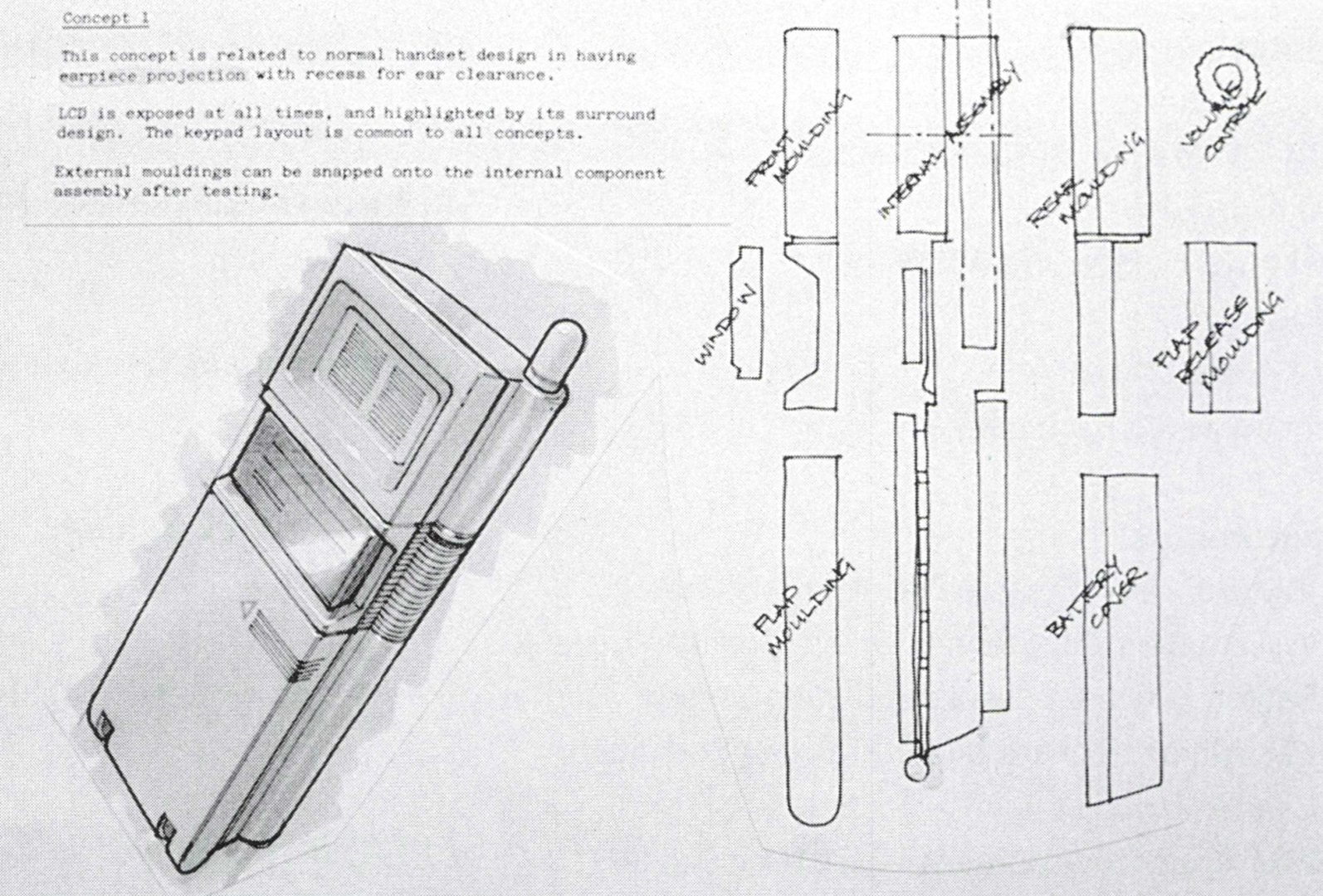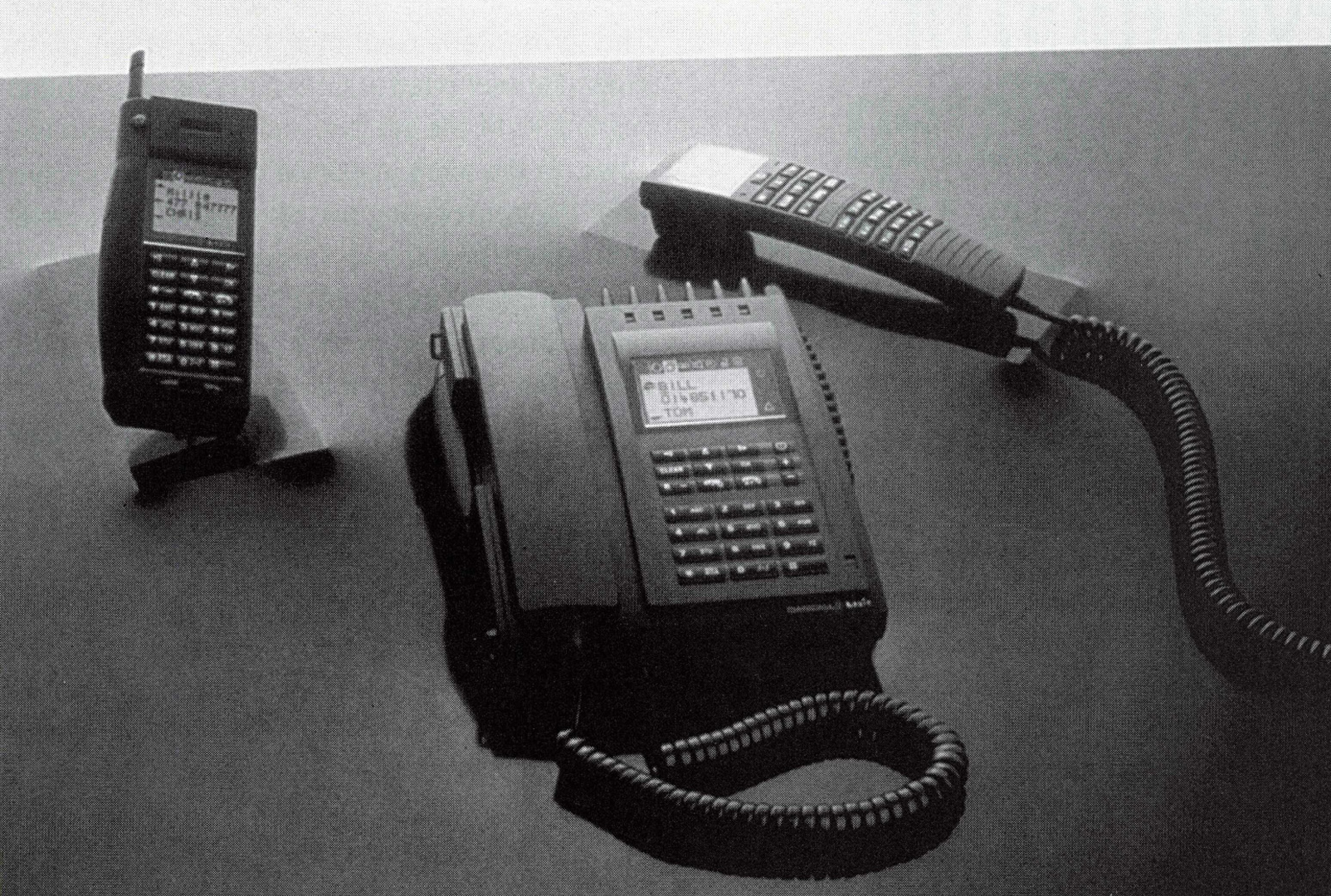“Dancall Logic Mobile Telephone Design Project” by Spreenberg
Conference:
- SIGGRAPH 1993
-
More from SIGGRAPH 1993:


Type(s):
Entry Number: 08
Title:
- Dancall Logic Mobile Telephone Design Project
Program Title:
- Designing Technology
Presenter(s):
Collaborator(s):
- Charles Ash
- Colin Burns
- Philip Davies
- Nick Dorman
- Jane Fulton
- Sam Hu
- Bill Moggridge
- Roger Penn
- John Stoddard
- Suzy Stone
- Marc Tanner
- Bill Verplank
- Bent Gobel
- Steen Hansen
- Bent Moller-Pedersen
- Allan Nielsen
- Peter Petersen
Project Affiliation:
- IDEO Product Development and Dancall Radio NS
Description:
IDEO’s user-centered design process is composed of six stages: understand, observe, visualize, evaluate, refine, and implement. These stages seldom occur sequentially-it is more common for us to be engaged in two or more simultaneously and iteratively. Here we describe the process in
more detail as it was applied to the development of the Logic range of mobile telephones for Dancall, a medium-sized Scandinavian manufacturer.
Understand
Although IDEO had prior experience designing telecommunications products for Dancall, we needed to understand more about the design objectives for the Logic range. We began by asking questions like, “Who are the users?,” “Do they have any special requirements?,” and “What are the opportunities and limitations of the technology?” This questioning process helped us arrive at a succinct project brief.
Observe
Observations and interviews allow us to gain an understanding of the people who will use aproduct or system. For Dancall, we interviewed a small number of car telephone users to understand how they used their phones and to appreciate the kinds of difficulties they had in using them. We find that conducting detailed observations of a few selected users is preferable to the “wide and shallow” studies typically conducted by market researchers.
Visualize
Observations help designers to understand today’s uses and scenarios but the creative leap occurs when we develop scenarios of the future.
We developed four characters that represent Dancall’s market: a Finnish architect, a UK insurance agent, a Malaysian entrepreneur, and a Danish salesperson. We created scenarios for these characters to help us imagine how they would use cellular telephones. As we developed the scenarios, the characters began to take on lives of their own. We created sketch drawings, models, and storyboards of concepts that fit each character’s occupation, personality, and lifestyle.
Evaluate
Evaluation is an on-going activity and should be an integral part of development. For Dancall, we tested user interface simulations and appearance models in focus groups with potential users. Human factors designers play an important role in this stage and provide “reality checks” for design concepts.
Refine
In this stage, the more promising concepts or innovations are refined. For Dancall, we assembled photographic storyboards that showed our scenario characters using appearance models. We also developed engineering prototypes of some mechanical components and interactive simulations to demonstrate the appearance and behavior of the user interface.
Implement
During this stage, IDEO generates mechanical drawings for tooling and manufacturing of the hardware components and detailed guidelines and
specifications for the user interface appearance and behavior. We worked closely with Dancall to ensure a smooth hand-off to their in-house engineering group. We are convinced that the scenario development process enables us to provide more innovative and appropriate product solutions. The Logic range has been well received throughout the industry and has won numerous design awards. The designers involved represented disciplines and backgrounds-industrial interaction design, human factors, engineering and IDEO believes this multi-disciplinary approach to design contributed in part to success of the products.





